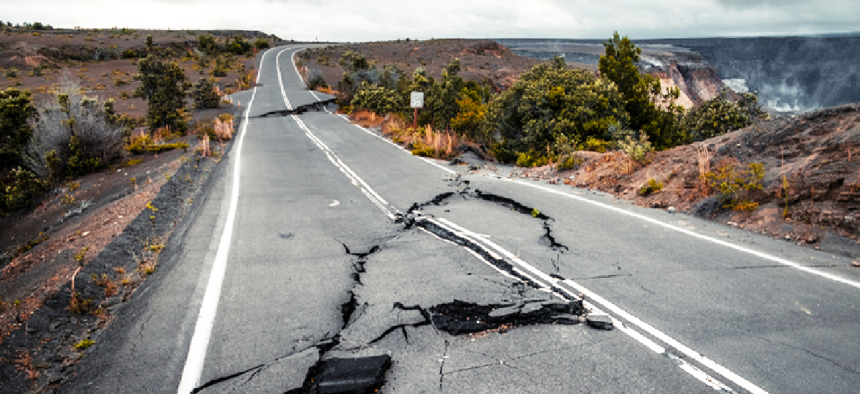Sensor could speed earthquake response

Researchers have found a way to provide reliable information about how much damage a building has sustained in an earthquake, making it easier and faster for responders to assess a building's safety and reoccupation prospects.
As aftershocks from the recent earthquakes in California had some residents sleeping outdoors to avoid being trapped in unsafe buildings, researchers at the Lawrence Berkeley National Laboratory have developed a way to speed the evaluation of buildings' safety after a quake.
Using an optical sensor -- which captures and transmits data about the displacement of floors of a shaken building, called interstory drift -- researchers can provide reliable information about how much damage a building has sustained, making it easier and faster for responders to assess a building's safety and reoccupation prospects after an earthquake.
The discrete diode position sensor (DDPS) works by projecting laser light vertically across a story's height to a detector located on the adjacent floor to determine the baseline position of the light. After a quake, the sensor will be able to tell if the position of the laser beam hitting a sensor on an adjacent floor has drifted. As 5G data transmission becomes a reality, the information can be sent to response officials nearly instantaneously.

The ability to measure and display key interstory drift information immediately after an earthquake would give responders critical data for making decisions on building occupancy, evacuations and evaluating what parts of important facilities such as hospitals can safely be used. The drift profile would also help inspectors quickly and safely find potential damage , especially important when there may be hundreds of buildings to evaluate after a quake.
“We are excited that this sensor technology is now ready for field trials, at a time when post-earthquake response strategies have evolved to prioritize safe, continued building functionality and re-occupancy in addition to ‘life safety,’” said David McCallen, a senior scientist in the Energy Geosciences Division at Berkeley Lab and faculty member at the University of Nevada, who leads the research collaboration.
DPPS will be deployed this summer a building at the Berkeley Lab, which sits adjacent to the Hayward Fault, one of the most dangerous faults in the United States.






